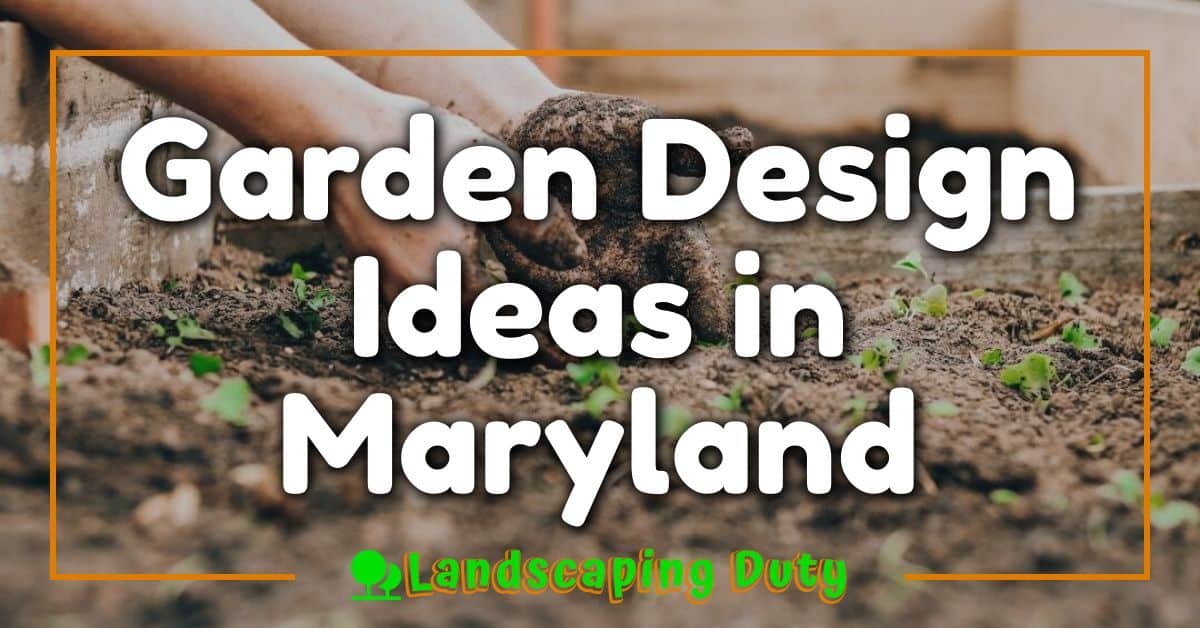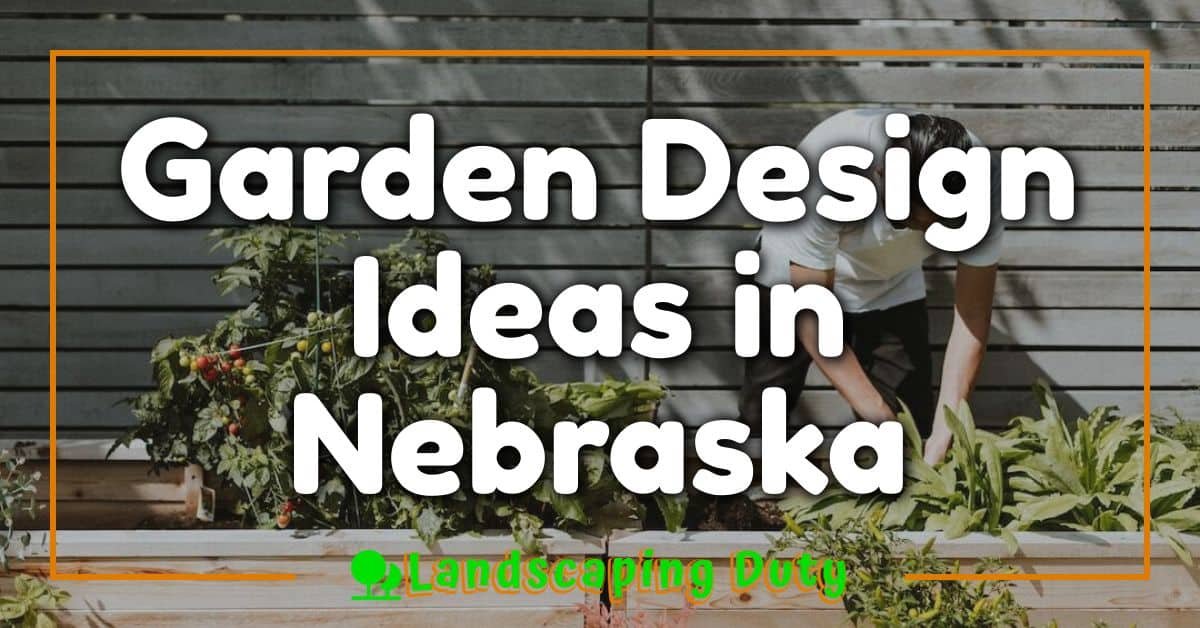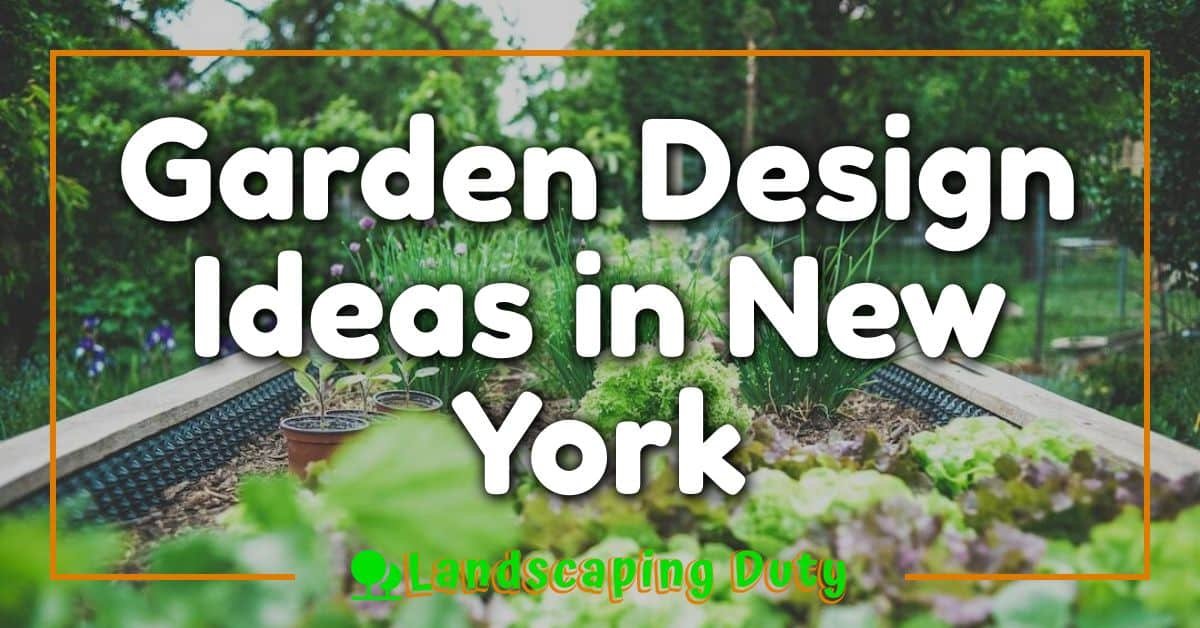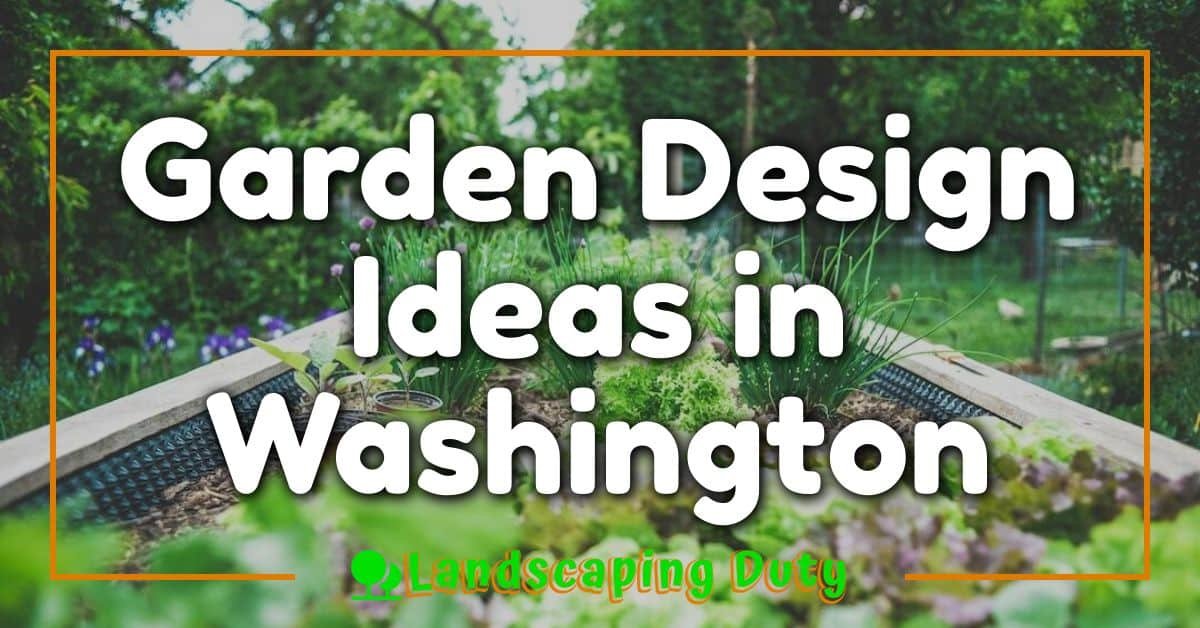Hey there, fellow garden lover! So you’re living in Nevada and looking to spruce up your outdoor space? You’ve landed at the right spot. Nevada’s unique climate brings with it a set of challenges but also opens up opportunities for some really creative garden design ideas.

First off, let’s acknowledge that gardening in Nevada isn’t quite like gardening anywhere else. With its hot desert climate in the south to cold desert climates in the north, you might think it’s a gardener’s nightmare. But hold on! It doesn’t mean you can’t have a beautiful and vibrant garden. You just need to be smart about what plants you choose and how you position them.
From cool cacti arrangements to dazzling drought-tolerant designs, I’m going to share with you some innovative and practical ideas that will make your Nevada garden not only survive but thrive! Let’s get started on this exciting endeavor together, shall we?
Understanding Nevada’s Unique Climate
You don’t need a weatherman to tell you that Nevada’s climate is unique. It’s like stepping into another world, where the rules of Mother Nature bend and twist in ways that can really surprise you. In this section, we’ll dive deep into what makes Nevada’s climate so special and how it affects your garden.
First off, let’s talk about heat. You know it gets hot in Nevada, right? Well, ‘hot’ barely scratches the surface. With average summer temperatures soaring past 100 degrees Fahrenheit and a record high of whopping 125 degrees! That’s gotta make your sunflowers sweat!
But wait, there’s more to the story than just scorching summers. Winters here can be surprisingly chilly with lows dipping below freezing point in some areas. Let’s not forget about those sharp temperature swings within a single day either.
| Average Summer Temp | Record High | Winter Lows |
|---|---|---|
| >100F | 125F | <32F |
Next up on our tour through Nevada’s wild weather is its dryness. The state averages less than 10 inches of rain a year – compare that to the national average of nearly 40 inches! This lack of rainfall combined with high evaporation rates due to intense heat means one thing for your garden: irrigation is key!
- Average annual rainfall: <10 inches
- National average: ~40 inches
Okay folks – last stop on this whirlwind climate tour is wind. You’re probably thinking “Wind? Really?” But hear me out: Nevada sits smack dab in what meteorologists call the “Wind Corridor” which means we get gusts blowing through regularly at speeds over 20 mph!
That sums up our quick overview of how Nevada’s unique climate shapes garden design ideas here. Remember as you plan your desert oasis, taking into account these extreme conditions is a must. Stay tuned for more sections where we’ll discuss how to use this knowledge in creating your perfect garden oasis, right here in Nevada!
Adapting to the Desert: Xeriscaping in Nevada
If you’re living in Nevada and considering a fresh approach to your garden, let’s talk about xeriscaping. It’s a landscaping technique tailored for areas like yours, where water is less available. With xeriscaping, you’ll be able to create an eye-catching outdoor space while also being environmentally friendly.
So what exactly does xeriscaping entail? This method primarily involves choosing plants that are native or adaptable to the desert climate. In Nevada, this might mean incorporating agaves, yuccas or even cacti into your design. These aren’t your only options though! Many flowering plants such as salvia and lavender thrive under desert conditions too.
But it’s not just about plant selection. Xeriscaping also means designing your garden in a way that reduces water usage. This could involve creating zones based on plant watering needs or using mulch to reduce evaporation from the soil surface.
You may wonder – why should I consider this? Well, here are some quick facts:
- According to the Southern Nevada Water Authority (SNWA), landscapes consume up 70% of Southern Nevada’s water supply.
- SNWA data suggests that converting just one square foot of lawn into a desert-friendly landscape can save approximately 55 gallons of water annually!
| Consumption | |
|---|---|
| Typical Landscape | 70% of Water Supply |
| One Square Foot Conversion | Saves 55 Gallons Annually |
This isn’t only about conserving resources though – it’s also about embracing local beauty. By reflecting the natural environment around you through your landscape design, you’re celebrating the unique charm of Nevada’s desertscape.
Lastly remember that while xeriscape gardening cuts down on irrigation requirements significantly, it doesn’t mean completely eliminating watering — especially during establishment periods for new plants. Your little green buddies may still need a drink every now and then, especially when they’re getting settled in their new home. So keep an eye on them, and happy xeriscaping!
Native Plants for Your Nevada Garden
So you’re in Nevada and you’ve got a garden? That’s great! But maybe you’re wondering what plants will thrive best in your arid, desert-like environment. Well, wonder no more because we’ve got some suggestions for native plants that could be the perfect fit for your garden.
First up, let’s talk about the Nevada state flower: Sagebrush (Artemisia tridentata). This hardy perennial shrub is well-suited to Nevada’s dry climate. It sports silvery-gray foliage and small yellow flowers, adding a touch of color to your garden landscape. Plus, it provides shelter and food for local wildlife.
Next on our list is the Indian Paintbrush (Castilleja linariifolia). Known for its vibrant red-orange blooms, this wildflower can add a splash of color to any outdoor space. And hey, it’s also drought-tolerant which makes it an ideal choice if you’re looking to conserve water.
But if low maintenance is what you’re after, then look no further than the Joshua Tree (Yucca brevifolia). Adaptable and slow-growing, these trees can survive under harsh conditions typical of Nevada’s desert lands. They might take time to mature but once they do – boy oh boy – they become quite the stunner!
« Garden Design Ideas in Maine: Your Guide to Creating a Perfect Outdoor Oasis Garden Design Ideas in Kansas: Your Ultimate Guide to a Stunning Backyard »
Let’s not forget about our feathered friends though! Bird enthusiasts may want to consider planting Desert Willow (Chilopsis linearis). Not only does this tree produce lovely pinkish-purple flowers but its nectar-rich blossoms attract hummingbirds too!
Here are these gems at a glance:
| Native Plant | Special Features |
|---|---|
| Sagebrush | Drought-resistant; Attracts wildlife |
| Indian Paintbrush | Colorful; Water-efficient |
| Joshua Tree | Low-maintenance; Hardy |
| Desert Willow | Attracts hummingbirds; Beautiful blooms |
By incorporating these native plants into your garden, not only will you be adding beauty to your outdoor space, but you’ll also play a part in preserving Nevada’s unique biodiversity. So why not give it a shot? Your garden (and the environment) will thank you for it!
Incorporating Hardscape Elements in Garden Design
Fancy adding a twist to your garden design? You’re not alone. Many Nevada homeowners are turning to hardscape elements for an aesthetic boost and practical solution. Here’s how you can get creative with hardscaping, too!
First off, let’s talk about patios. A patio isn’t just a place to enjoy your morning coffee or host summer barbecues – it’s also a key hardscaping element that adds value and versatility to your garden. Opt for materials like flagstone or pavers which can withstand Nevada’s arid climate.
You’ve probably seen retaining walls in many gardens around the Silver State. These aren’t just visually appealing – they serve some fantastic functional purposes too! Retaining walls help manage water runoff, prevent soil erosion, and even create more usable land on sloped properties.
Next up: walkways! They guide you through your garden but can also be an eye-catching design element if done right. Consider using gravel, stepping stones, or decorative bricks for these paths – their natural tones blend well with Nevada’s landscape.
And let’s not forget about fire pits – the ultimate gathering spot during those cool desert evenings. Fire pits provide warmth and ambiance while serving as focal points in any outdoor space.
- Patio materials: Flagstone, Pavers
- Retaining wall benefits: Manage water runoff, Prevent soil erosion
- Walkway options: Gravel, Stepping stones
- Feature spotlight: Fire pits
Remember – hardscaping is much more than just practicality; it’s also about infusing personality into your garden design! So go ahead and experiment until you find what works best for you.
Water Conservation Strategies for Nevada Gardens
In the heart of Nevada, water is a precious resource. As gardeners, you’re probably always on the lookout for ways to conserve. Let’s dive into some strategies that can help you design your garden while keeping water conservation in mind.
First off, let’s talk about plants. Picking the right ones can make all the difference. Native plants are your best bet as they’ve adapted over time to thrive in Nevada’s specific climate conditions. These stalwarts include beauties like Desert Marigold, Indian Paintbrush, and Bristlecone Pine.
But it’s not just about what you plant—it’s also how you plant ’em! Grouping similar plants together helps reduce water waste because they’ll have similar watering needs. It’s a strategy known as hydrozoning and it can be a game changer for your garden.
Don’t forget about mulch either! This unsung hero of gardening helps retain moisture in the soil and keeps those pesky weeds at bay by blocking sunlight from reaching them.
Also consider hardscaping options like rocks or decomposed granite instead of grassy patches that require constant hydration. They’ll give your garden an authentic Nevadan look while saving gallons upon gallons of water!
Lastly, try irrigation techniques such as drip systems or soaker hoses that deliver water directly to where it’s needed most—your plant roots—not wasted on leaves or pavement.
So there you go—a handful of tips to save our precious H2O in your Nevada gardens! Implement these tactics and watch both your garden flourish and your water bill shrink!
Creating Shade and Shelter in Your Garden
So, you’re looking to add a little refuge from the Nevada sun? It’s an often overlooked aspect of garden design, but creating shade and shelter can drastically increase your outdoor enjoyment. Let’s dive in!
Firstly, it’s all about picking the right plants. In Nevada, you’ll want to choose drought-tolerant varieties that can withstand the heat. Consider trees like Desert Willow or Blue Palo Verde – they’re not only hardy but offer fantastic dappled shade. For smaller areas, shrubs such as Sagebrush or Creosote Bush are perfect.
Now let’s not forget man-made structures! You’ve got several options here:
- Pergolas: These create instant shade and can be covered in climbing plants for added coolness.
- Gazebos: A more substantial option providing complete shelter from sun and rain.
- Umbrellas: Ideal if you need flexible coverage – move them with the sun!
Another key factor is positioning. Plan where your shaded areas will be based on the path of the sun throughout the day. Remember, mornings in Nevada can be chilly while afternoons are scorching hot.
Lastly, think about incorporating water features into your design – they have a cooling effect on their surroundings and add a calming ambience.
And there you have it! With these tips under your belt, you’re ready to start creating some seriously cool garden spaces (literally!). So go ahead – make that desert oasis of yours even more inviting!
Inspiring Case Studies of Nevada Garden Designs
Have you ever been mesmerized by a beautifully designed garden? Well, let’s dive into some fascinating examples right here in Nevada that’ll make your green thumb twitch with excitement!
First up is the Springs Preserve Botanical Gardens. This 180-acre attraction in Las Vegas embraces Nevada’s diverse desert landscape, showcasing over 110 species of Mojave Desert plants and cacti. It’s not just about succulents though! The gardens also feature a butterfly habitat and an orchard area where they grow fruits and veggies using drip irrigation – talk about smart water usage!
Next on our list is the Ethel M Chocolate Factory Cactus Garden. You might be thinking, “Chocolate AND gardening? What a combo!” And you’re absolutely right! Located in Henderson, this unique spot boasts one of the largest collections of its kind in the world, with more than 300 species of cacti and succulents from across the American Southwest as well as Australia and South America.
We can’t chat about inspiring garden designs without mentioning Wilbur D May Arboretum & Botanical Garden nestled within Reno’s Rancho San Rafael Regional Park. This gem spreads over 12 acres with various themed gardens including a songbird garden, honey bee haven, wetland habitat, and even an herb garden!
So there you have it – three stunning examples of how Nevadans embrace their arid environment to create magnificent gardens that inspire visitors from all corners of the globe. Whether you’ve got a small backyard or a sprawling estate, hopefully these case studies get those creative juices flowing for your own Nevada garden design!
Conclusion: Making Your Nevada Garden Thrive
You’ve made it to the end of our journey! Let’s tie together everything you’ve learned about designing your perfect Nevada garden.
First off, remember to work with Nevada’s unique climate rather than against it. Embrace the desert ambiance and select plants that thrive in this environment. Succulents, cacti, and native flowers will not only survive but also add a distinctive beauty to your outdoor space.
It’s crucial for you to remember that water conservation is key. Implement an efficient irrigation system, maybe even consider drip irrigation or soaker hoses. They’ll deliver water directly to your plants’ roots while minimizing evaporation.
Your choice of hardscape elements should reflect your personal style plus the natural surroundings. Aim for materials like local rocks or reclaimed wood that blend seamlessly into Nevada’s landscape.
Let’s not forget lighting – it truly brings out the magic in any garden when sun goes down! Solar-powered lights are a great choice here; they’re eco-friendly and won’t run up your electric bill.
And finally, always keep in mind: gardening is continual learning experience. Don’t be afraid to experiment with new plant varieties or design techniques!
By following these tips:
- Choosing drought-tolerant plants
- Using efficient watering systems
- Selecting locally-sourced hardscape materials
- Adding appropriate lighting
- Continually experimenting and learning
You’ll create a thriving garden oasis right here in Nevada – one that mirrors its surrounding beauty while showcasing your individual taste.
Remember, the joy of gardening lies as much in the process as it does in the outcome. So get those hands dirty and start creating! You’ve got all you need now to make your Nevada garden truly thrive.










